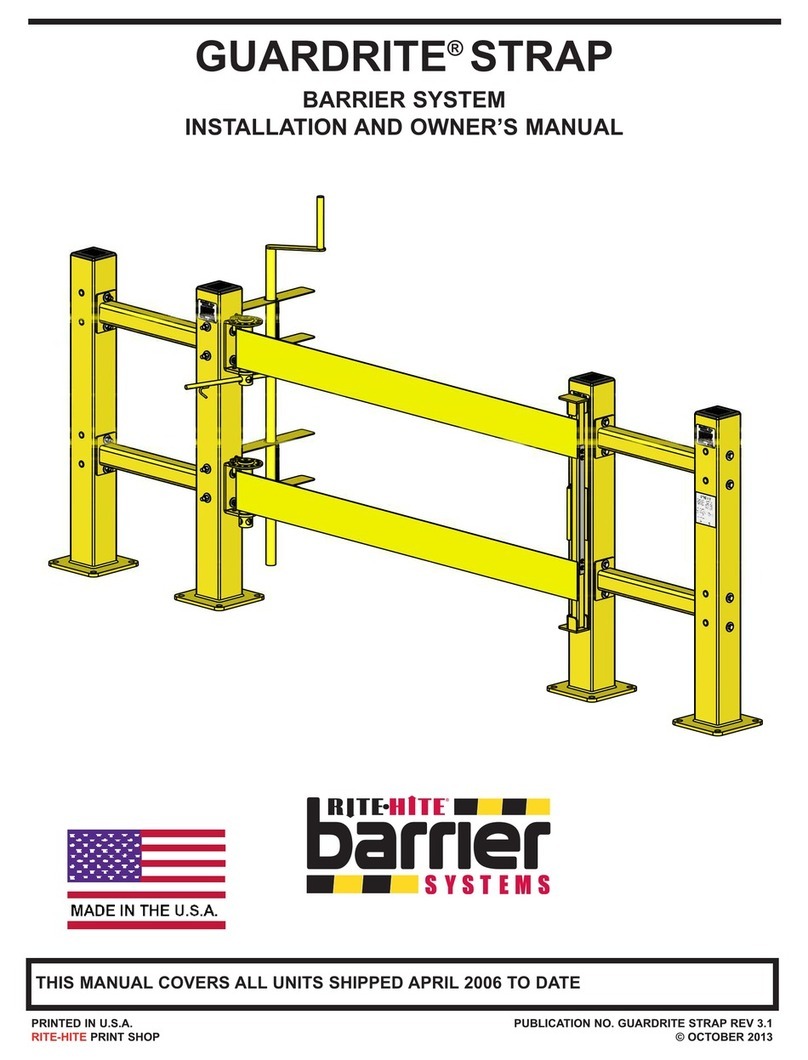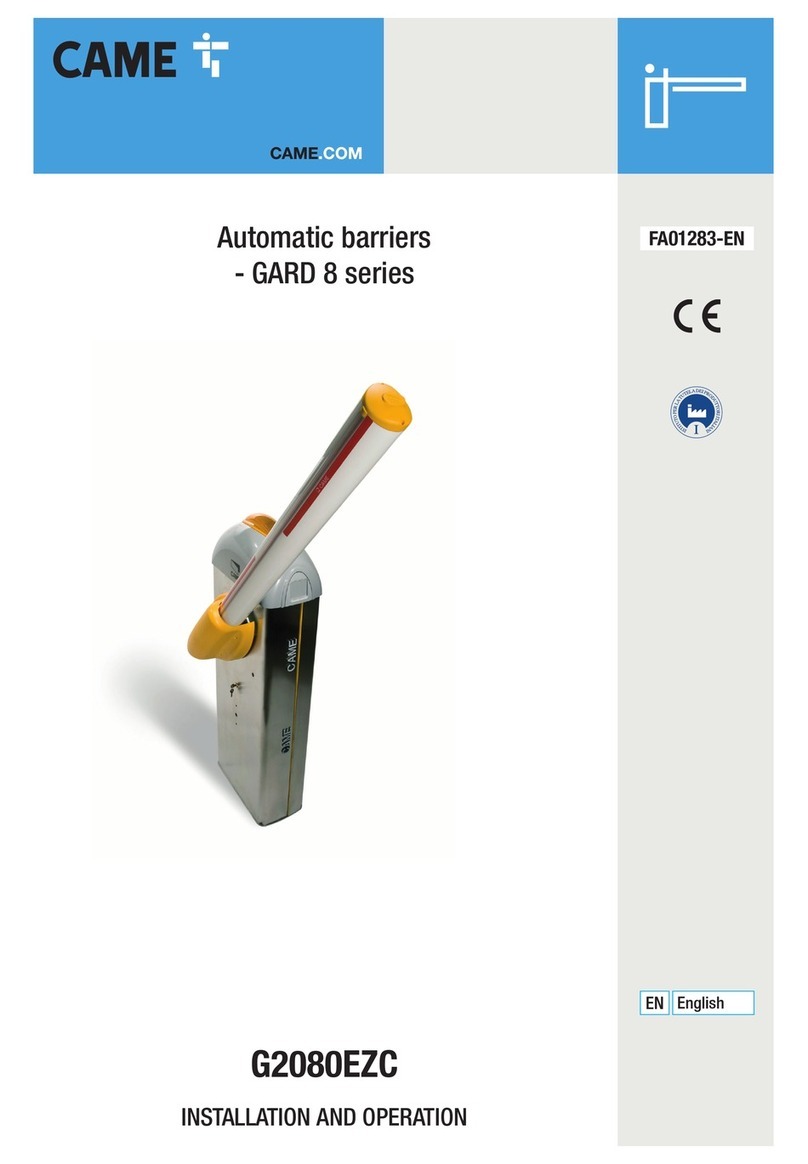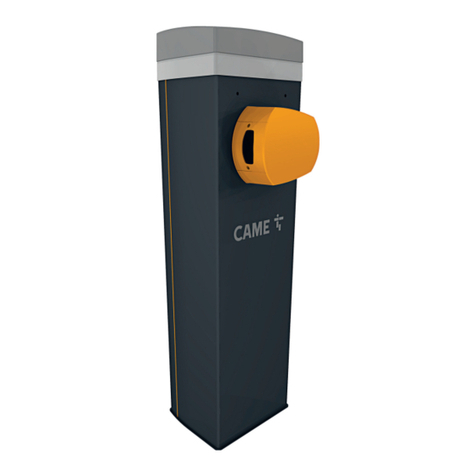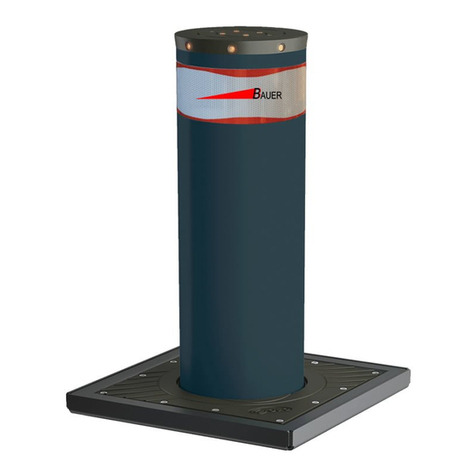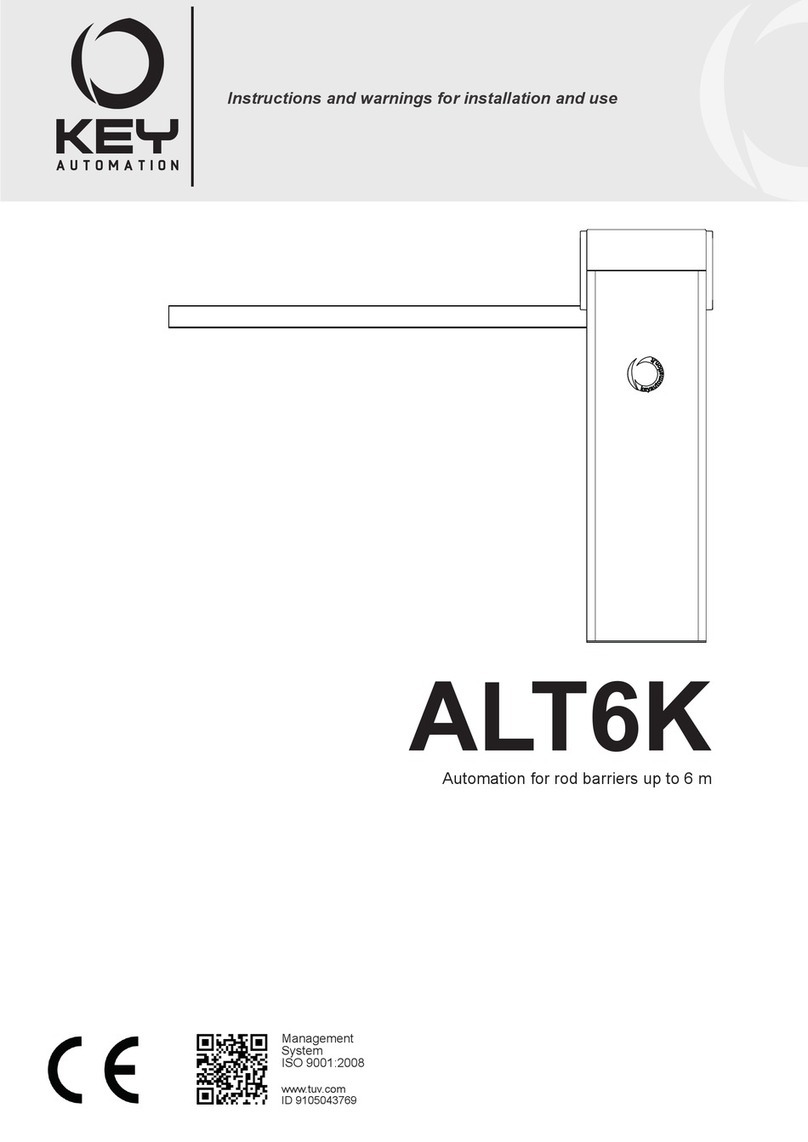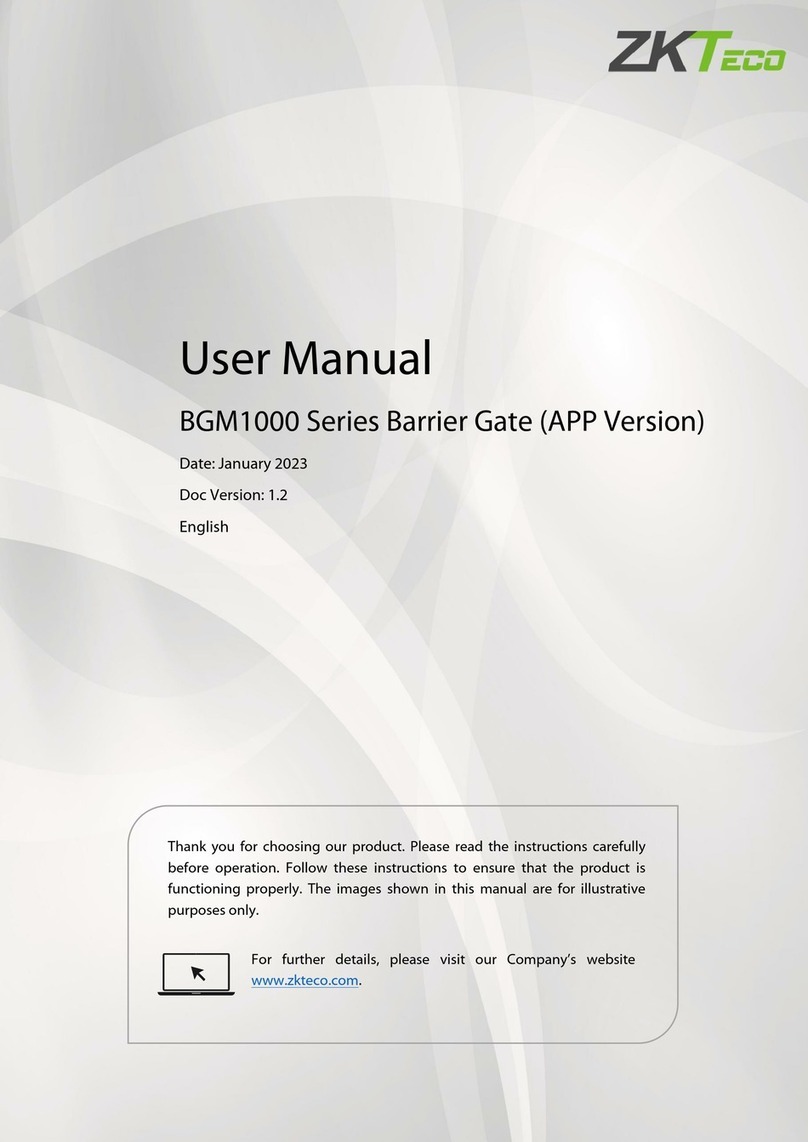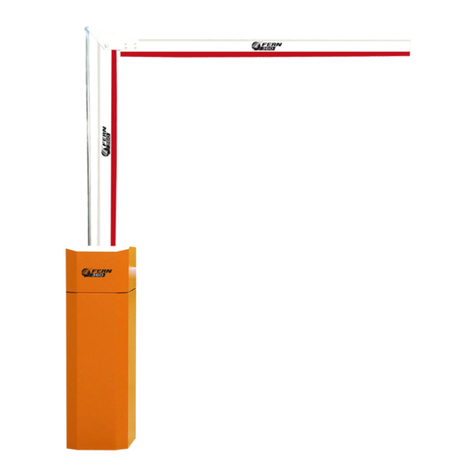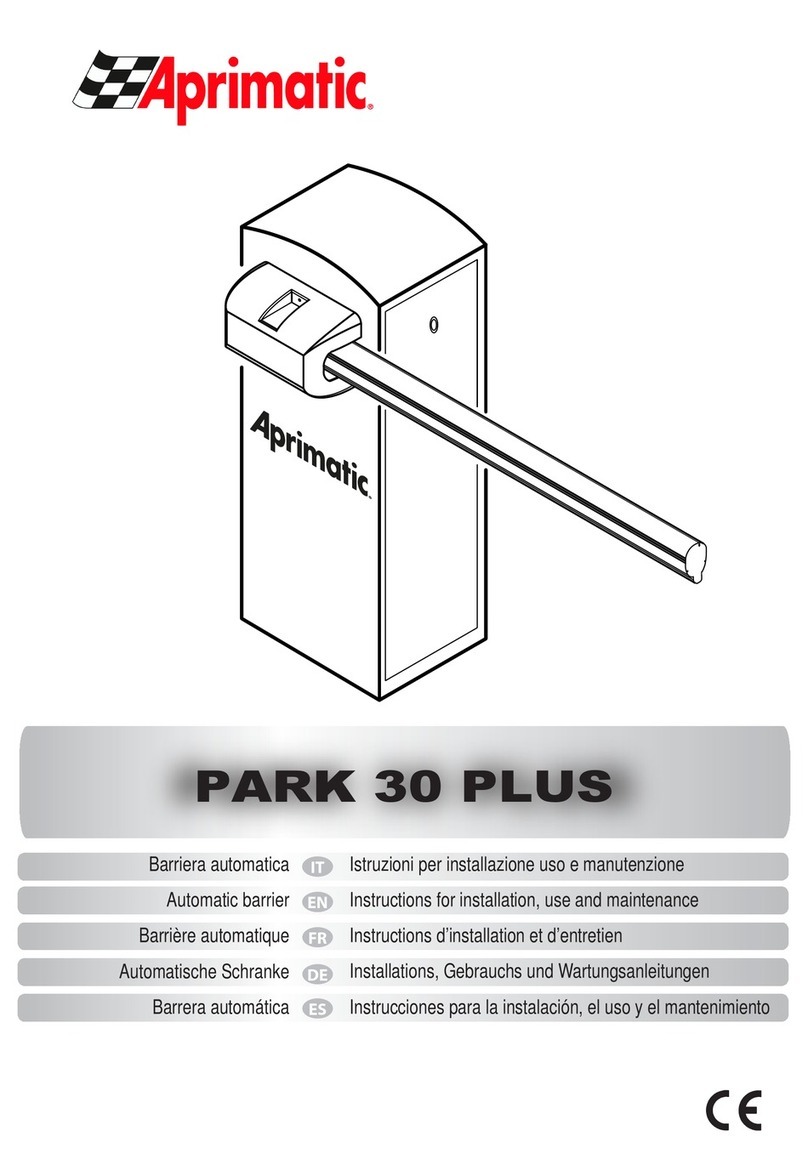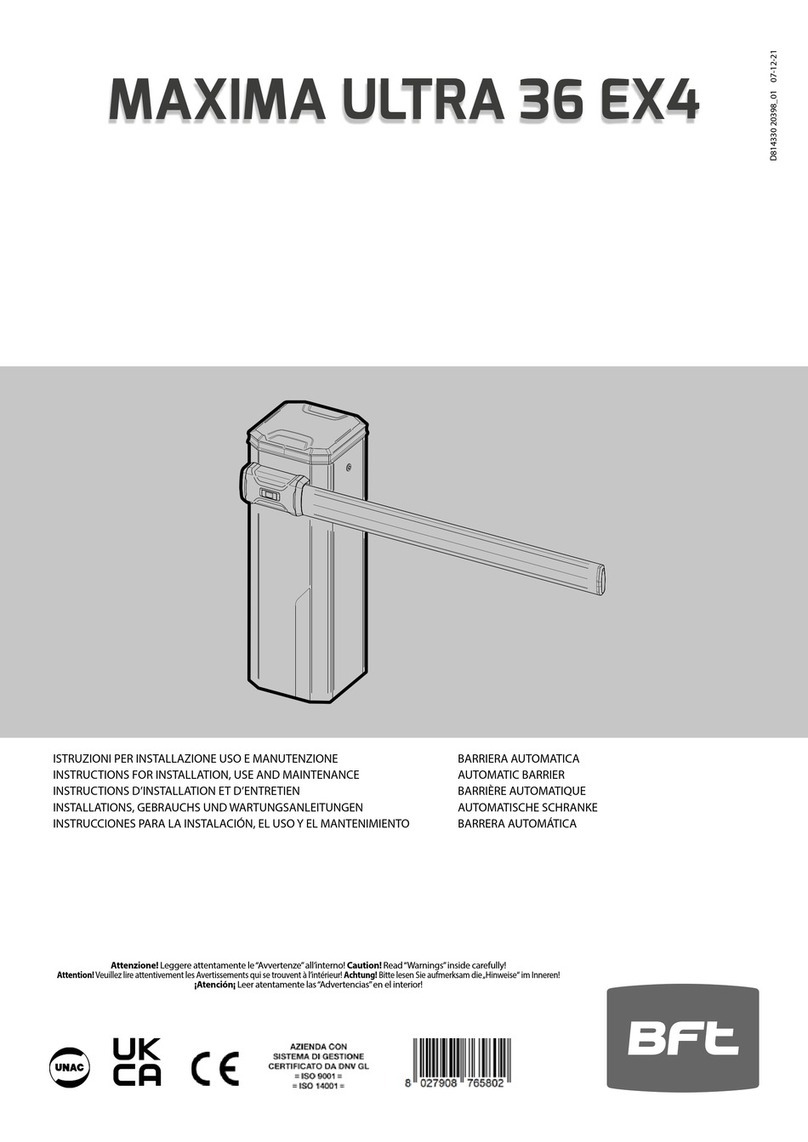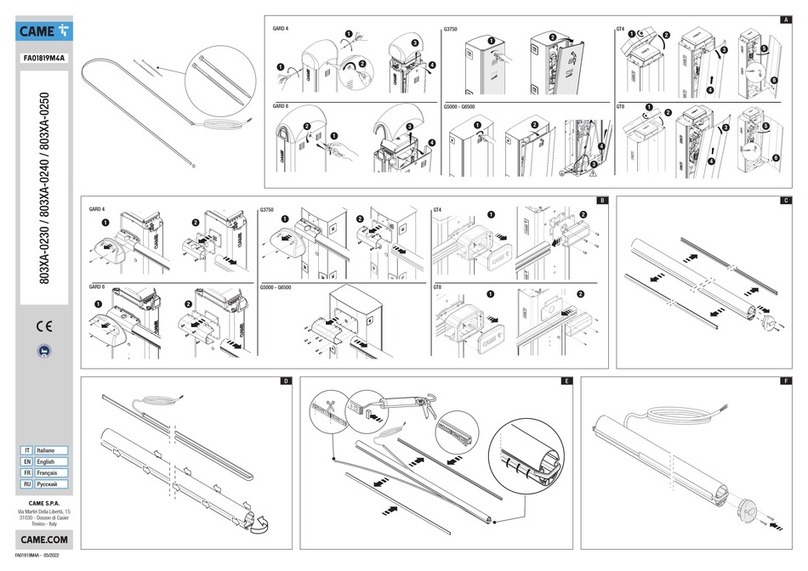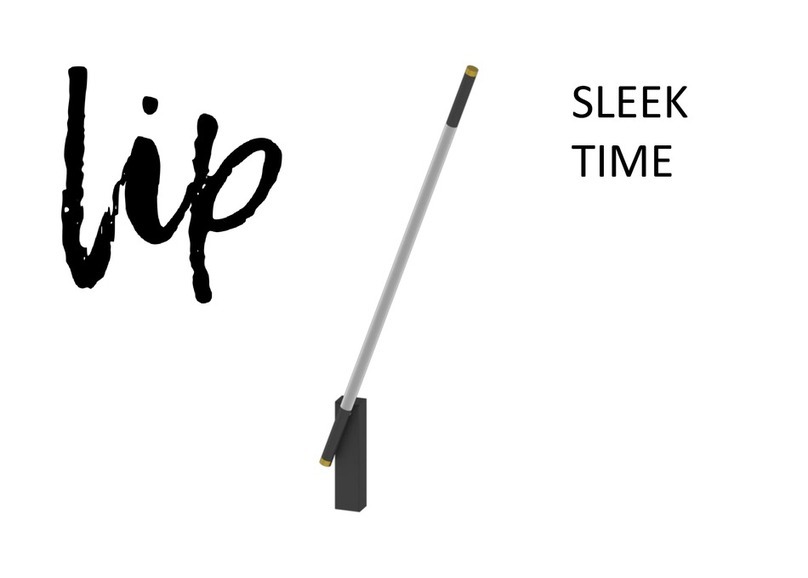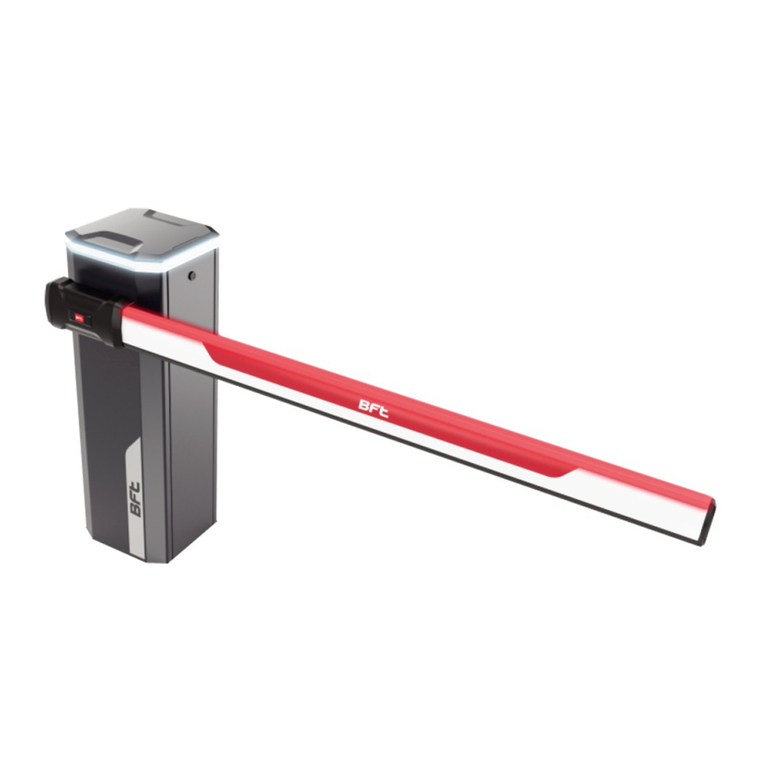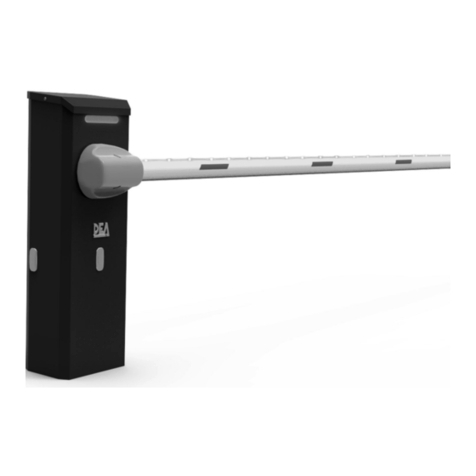Safe Operating Procedure Guide
THIS DOCUMENT IS UNCONTROLLED WHEN PRINTED
Page 2 of 22
Contents
1. Document control ........................................................................................................................................... 3
2. Risk management ........................................................................................................................................... 4
2.1. Risk assessment and resources ........................................................................................................ 4
3. Safe operating procedure ............................................................................................................................ 5
3.1. Personal protective equipment ........................................................................................................ 5
3.2. Pre-operational checks ........................................................................................................................ 5
3.3. Site instructions ...................................................................................................................................... 5
3.4. Review the location and conditions................................................................................................ 6
3.5. Setup of PB unit tower, boom arm and accessory lights ........................................................ 7
3.6. Setup of traffic light and pedestrian light accessories ......................................................... 13
3.7. Positioning for live operation ......................................................................................................... 15
3.8. Site operations ..................................................................................................................................... 18
3.9. Contingency planning ....................................................................................................................... 20
3.10. Pack up summary ........................................................................................................................... 21
4. Warning ........................................................................................................................................................... 22
